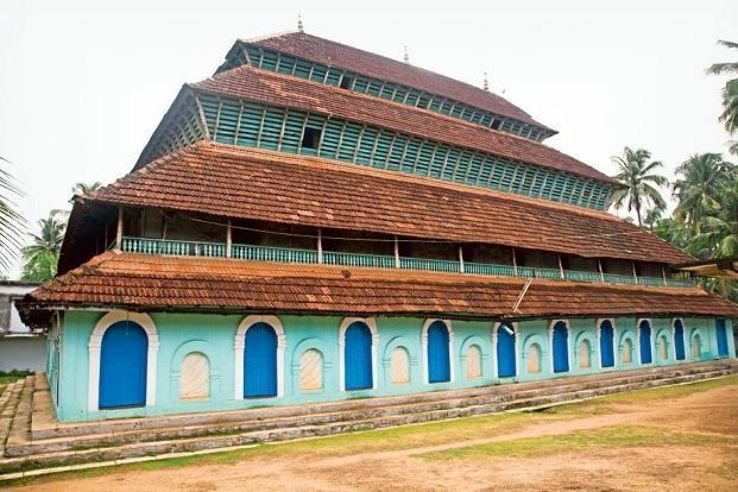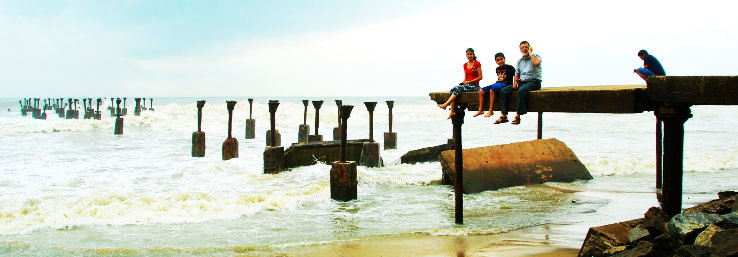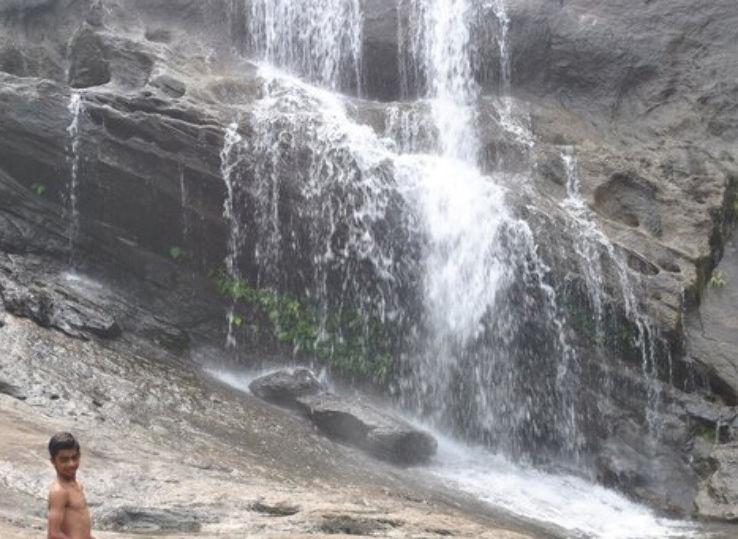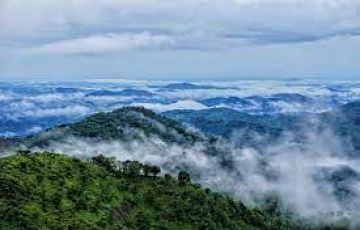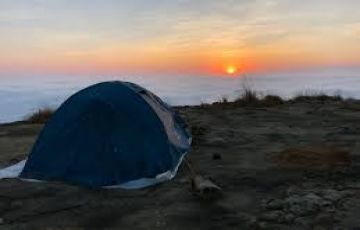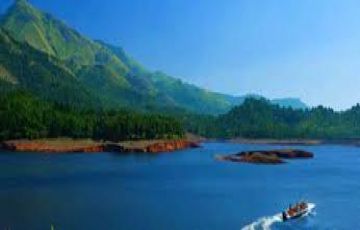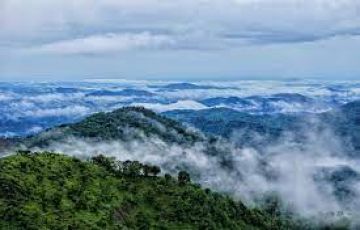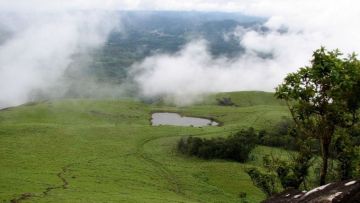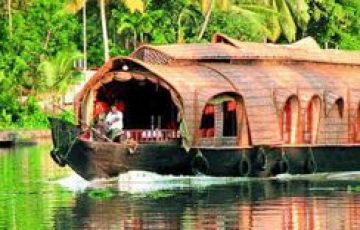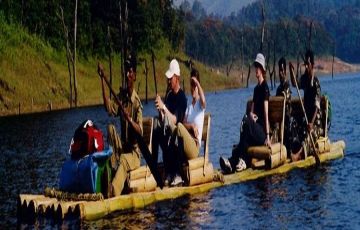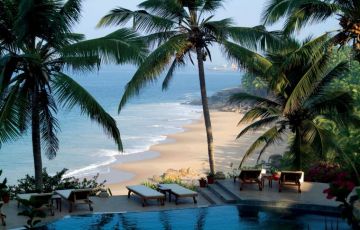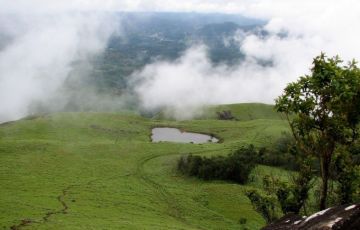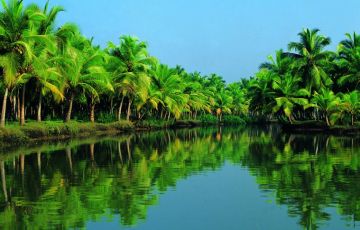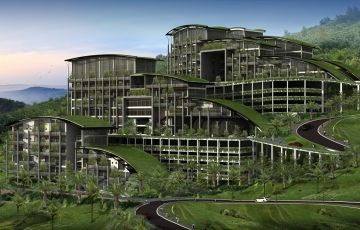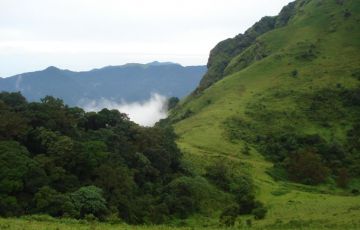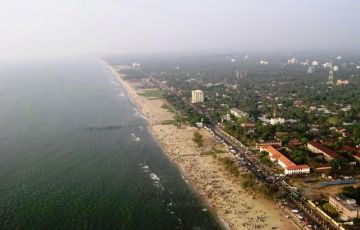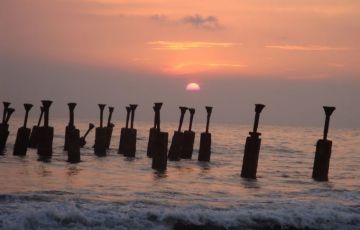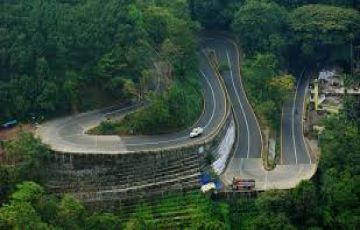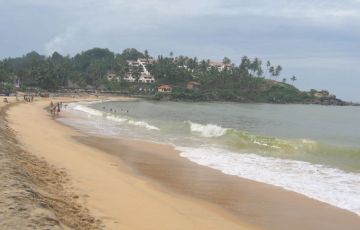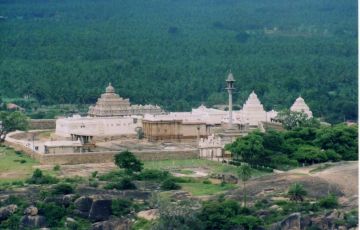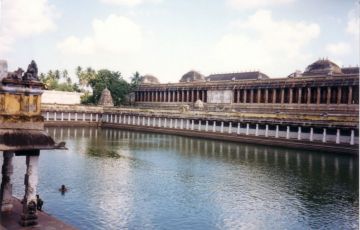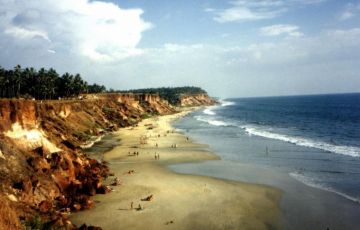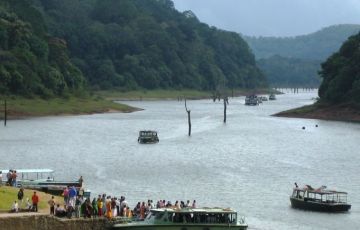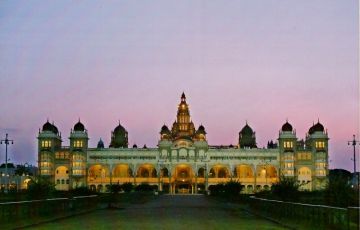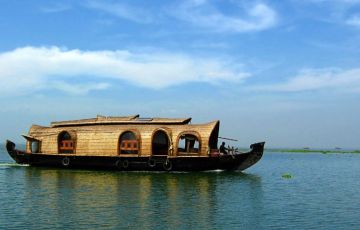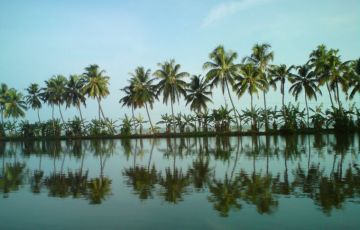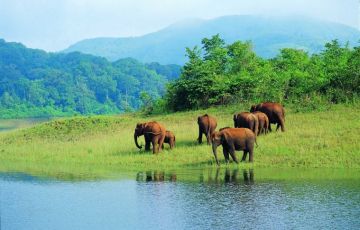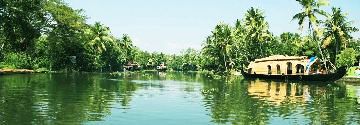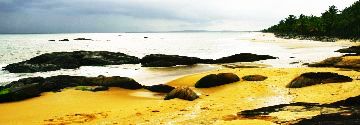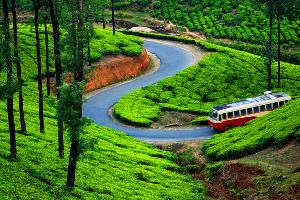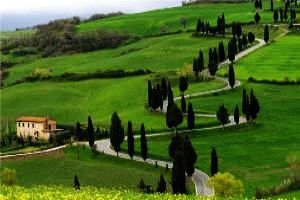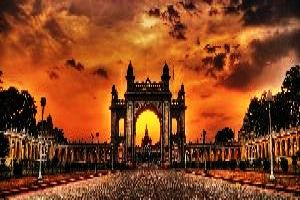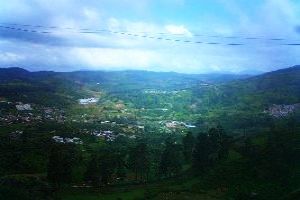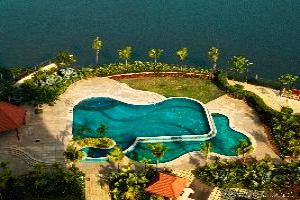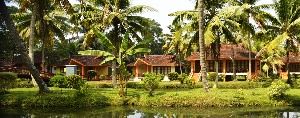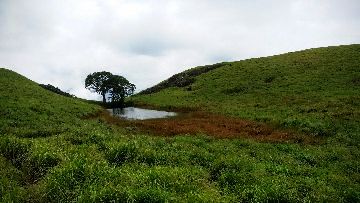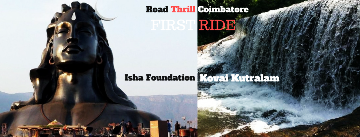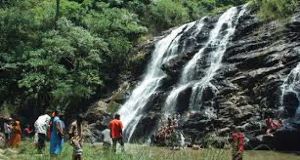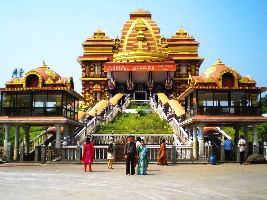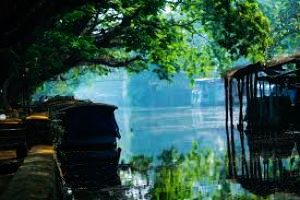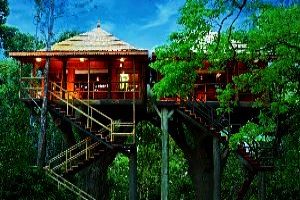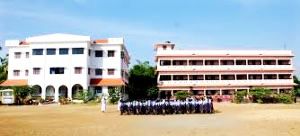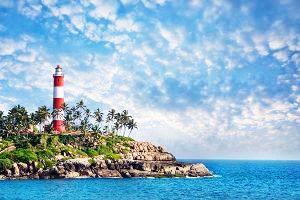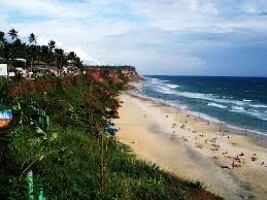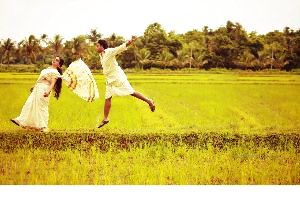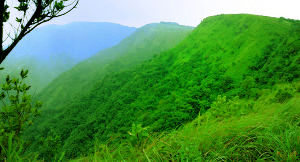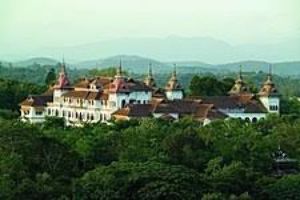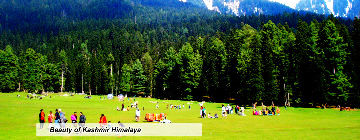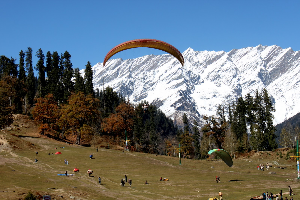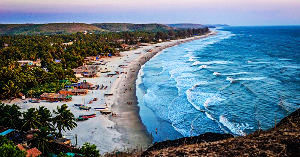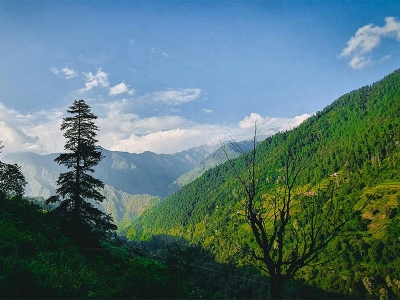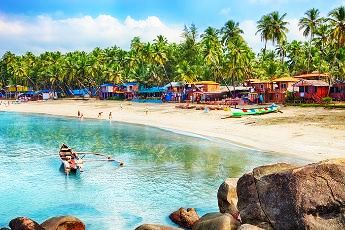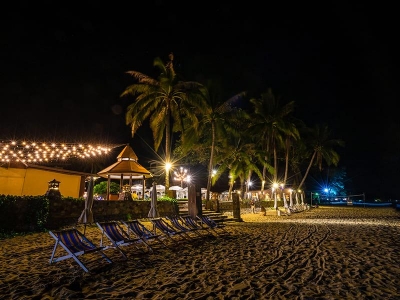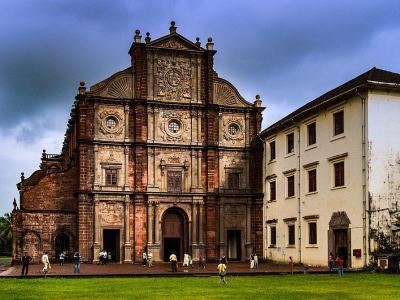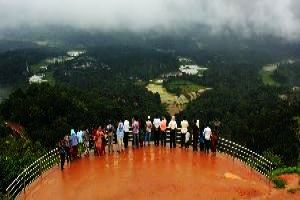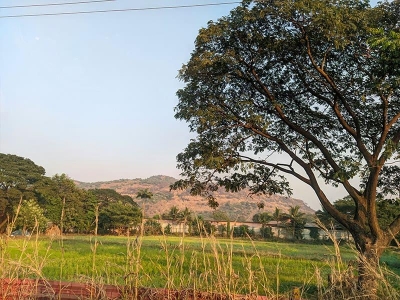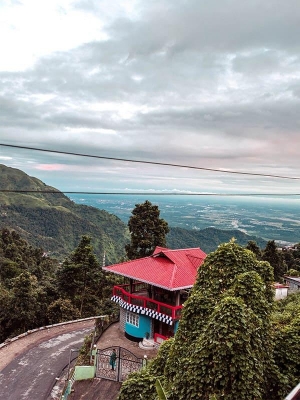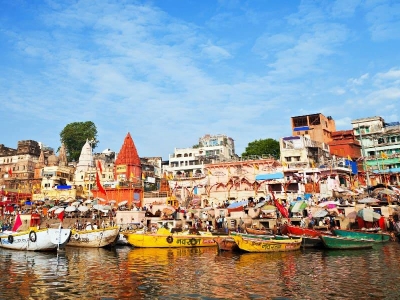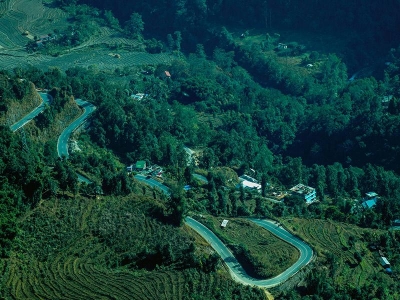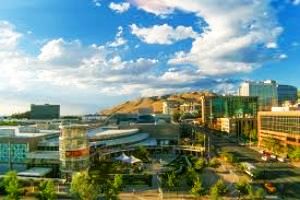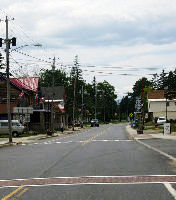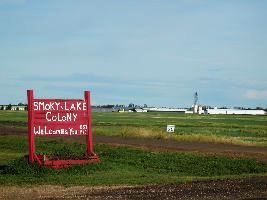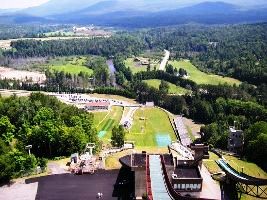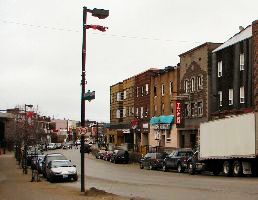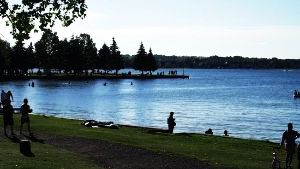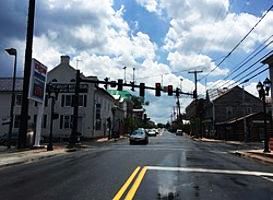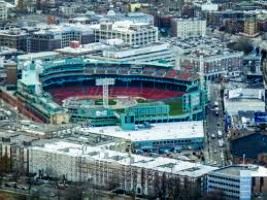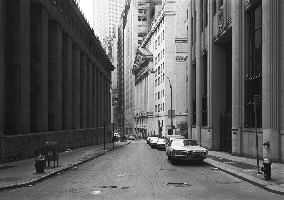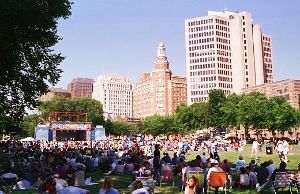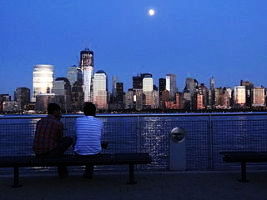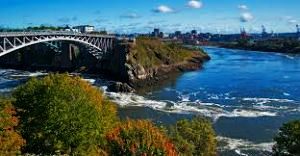Places to visit in Kerala
Things to do
Packages
Ideal Days
Currency
About Calicut
To many, Calicut—or Kozhikode, to use its traditional name—is best known as the place where 450 years of European imperialism in India began, with the arrival of Vasco da Gama—at Kappad, 18 km north of present-day Calicut city limits—in May 1498.
But, in fact, Kozhikode, despite the Portuguese navigator’s claims, was well known to the Chinese, Arabs and others, long before he dropped anchor in a quiescent cove, where the curving Kerala coastline forms a natural harbour, before straightening to continue its northward journey.
Bordered by Kannur in the north, Malappuram in the south, Wayanad in the east and the Arabian Sea in the west, the present-day Kozhikode district comprises three distinct regions—an 80 km long coastal belt, a lateritic midland region and rocky highlands, rising into the Western Ghats.
Known from ancient times as the ‘City of Spices’—for its black pepper, cardamom, cinnamon and more—Kozhikode was a major trading centre and port. While it remains a busy trading hub today, the crumbling ruins of its once bustling piers serve as a wistful reminder of eclipsed maritime activity.
Home to several leading cultural, literary and political luminaries over the years, Kozhikode continues to nurture its rich traditions. Undaunted by the rapid march of time, exponents of Mappilappattu, Kolkali and Oppana, the temple-based practitioners of Thirayattam and Theyyam, the balladeers of the famous Vadukkan Paatukal and several others preserve and propagate the richness of their rare art.
As a new generation negotiates the challenges and opportunities of the digital age, amidst nascent high rises and recently converted beach-front warehouses, Kozhikode nimbly ascends the winding stairway of time.
WHAT TO SEE:
Mananchira Square: A park with lawns, a musical fountain and traditional buildings, Mananchira Square is situated in the heart of the city, close to the Mananchira Tank, built by the last Zamorin and a source of fresh water to this day.
Tali Shiva Temple: Featuring regal wood carvings, delicate wall paintings and intricate architecture, the 700-year-old Tali Shiva Temple was built by the then Zamorin. It is noted for Revathi Pattathanam, a week-long annual celebration between the end of October and early November each year.
Kozhikode Beach: Like most beaches in Kerala, barring those in and around Kovalam, Kozhikode Beach is not a place for a swim or sunbathing. It is where families and friends flock—to stroll across its sands, along with hawkers and vendors, and the odd shrieking child or giggling adult, wading into the waves -- to witness spectacular sunsets across a vast expanse of glorious sky.
Mishkal Masjid: Located in the Kuttichira neighbourhood of Kozhikode, Mishkal Masjid is one of the very few surviving medieval mosques in Kerala. As is customary for such mosques, it is of largely wooden construction and does not have cupolas or minarets. Since the time it was built by a merchant-shipowner in the 14th century, the mosque—which has 47 doors, 24 carved pillars and a prayer hall that can accommodate 400 people—was partially burned in 1510, during a Portuguese attack on Calicut and rebuilt in 1579.
Pazhassi Raja Museum and Art Gallery: Situated in East Hill, the Pazhassi Raja Museum, named after ‘Lion of Kerala’, Kerala Varma Pazhassi Raja, was opened in 1975. It has ten galleries with an extensive collection of historical artifacts from 1000 BC to 200 AD— including mural paintings, ancient stone structures, bronze artifacts, coins and other objects of historical value.
Kappad: A modest structure commemorating Vasco da Gama’s 1498 landing stands, half-concealed, amidst a cluster of houses, bordering the winding road from the highway to Kappad Beach—a fair measure of the respect he enjoys locally. It is, however, well worth a trip, if only to marvel at its beauty and muse about times gone by.
WHAT TO DO
Regional Science Centre and Planetarium: Having opened its doors in 1997 to cultivate an interest in science, with the focus on the Malabar area, the Regional Science Centre has a 250-seater planetarium that takes visitors on a voyage of discovery to explore the secrets of the universe. Using high-end German projection systems, it never fails to leave audiences enthralled.
Jellyfish Water Sports: Located on the banks of the Chaliyar, Jellyfish Water Sports offers a unique experience of kayaking, stand-up paddling, sailing and canoeing. It also provides more facilities and options, including upmarket river cruises.
S M Street: SM Sweet Meat Street—or Mittai Theruvu—is a pedestrian zone and hive of retail activity, extending from Mananchira to Mele Palayalam. Kozhikode’s busiest street, it dates back to the time when the Zamorin invited Gujarati sweetmeat makers to set up shop in the city.
What to buy: The best takeaway from a city that has earned the reputation of being India’s “City of Spices” could be a collection of spices. You could try finding it on SM Street.
What to eat: Considered the food capital of Kerala, Kozhikode presides over a kingdom of mouth-watering cuisine, including:
Kozhikkodan Biriyani: Perfectly cooked chunks of mutton, chicken or fish, hidden within a small mound of soft long-grain rice, with a glint of ghee and the curling aroma of fresh spices, Kozhikodan Biriyani never fails to find its way into the realm of culinary fantasy.
Chatti Pathiri: A traditional Malabar dish, it is a layered pastry in both sweet and savoury form, made with flour, egg, oil and water.
Irachi Pathiri: A popular Malabar snack, it is like a samosa, but for the fact that the outer layer—in which the masala is stuffed—is made of wheat flour.
Elanchi: Elanchi is a delicious, cardamom-flavoured, coconut-stuffed crepe and a staple tea time snack.
Kallumakkaya Nirachathu: Large mussels—stuffed with ground rice and coconut paste, steamed and then fried—are a special delicacy that draws visitors from other parts of the state and beyond.
Unnakkaya: A minor miracle made of mashed banana, ghee, cashew, raisins and more, the Unnakaya is an all-time favourite—and an important item on Iftar menus during Ramadan.
Where to stay: From the tasteful luxury of Raviz Kadavu Resort, overlooking the Chaliyar River and Taj Gateway, a stone’s throw from the beach to a string of other properties—some well-established, some new—Kozhikode has accommodation options that suit every budget.
The best time to visit: For those not fond of wet weather, early November - late February is the best time to visit Kozhikode. For others, the magic of the monsoon is a bonus.
How to get there: The second largest city in Kerala, Kozhikode is well connected with the rest of the country and the world by air, rail and road. In addition to the air and rail routes, the network of national and state highways links Kozhikode to cities like Chennai, Coimbatore, Bangalore, Mangalore and all parts of Kerala. Although the state of the roads occasionally leaves much to be desired, the vistas encountered along the way often more than compensate for any incidental inconvenience or discomfort.
